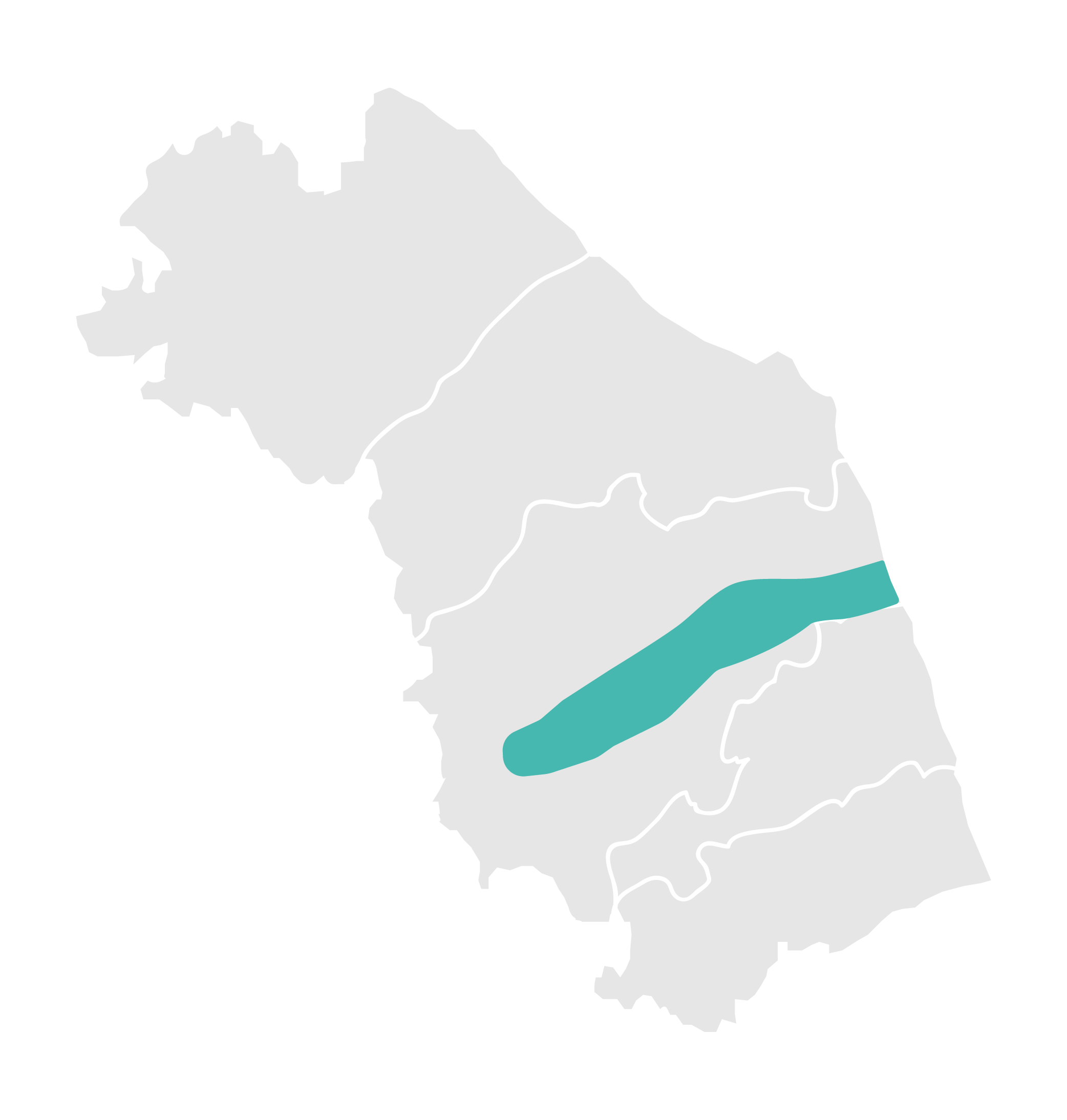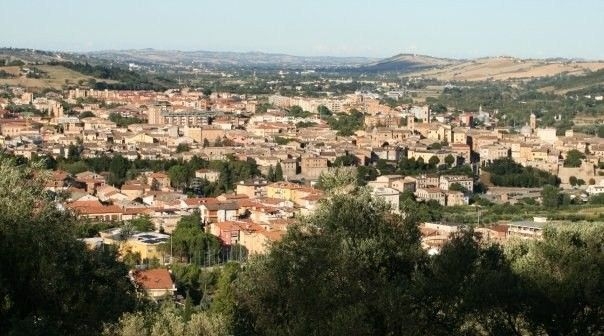
The city of Tolentino rises on an alluvial plain to the north of the Chienti River and is distinguished by human presence since prehistoric times. The most ancient archaeological finds over the years, including the extraordinary Venus of Tolentino, preserved at the National Archaeological Museum of Ancona, date back to the Palaeolithic. Recent archaeological excavations have led to the identification of two dwellings located respectively in S. Egidio and in the Cisterna district, developed in the Bronze Age, while the five Picene necropolises found in the immediate vicinity of the city center demonstrate the wealth and commercial importance of the city from the Iron Age up to the 3rd century BC. The burials document how, especially around the 6th century BC, the territory was densely populated and organized around the figures of powerful warrior princes; in particular, during this period, grave goods rich in Etruscan and Greek imports bear witness to intense relations with the Tyrrhenian Sea and, through the Etruscans, with the Aegean. Much rarer are testimonies to Roman Tolentinum; sources tell us that it became a municipality and was ascribed to the Velina tribe. Some finds during the excavations carried out at the end of the eighteenth century suggest that the area of the forum can be identified with the current Piazza della Libertà, while the Decumanus Maximus would be identified with Corso Garibaldi. Unfortunately, apart from these testimonies, finds in the Roman necropolis and sporadic epigraphic testimonies, notably the beautiful sarcophagus of Catervius, the continuity of life in the town to the present day has not allowed the recovery of monumental evidence of this period.
We have found no place to eat in the vicinity
We have found no place to sleep in the vicinity
Nelle zone di confine dell’entroterra marchigiano i principi umbri di Camerino vivevano a contatto con numerosi villaggi, anch’essi retti da principi guerrieri piceni. I pregevoli corredi delle necropoli, risalenti alla fine dell’VIII - inizi VI sec. a.C., documentano i fitti scambi con l’oriente greco e con l’Etruria e attestano il ruolo cruciale di queste popolazioni nei traffici mercantili tra Adriatico e Appennino, che essi controllavano e da cui traevano le loro ricchezze.

|
Address | Piazza della Libertà 3 Tolentino |
